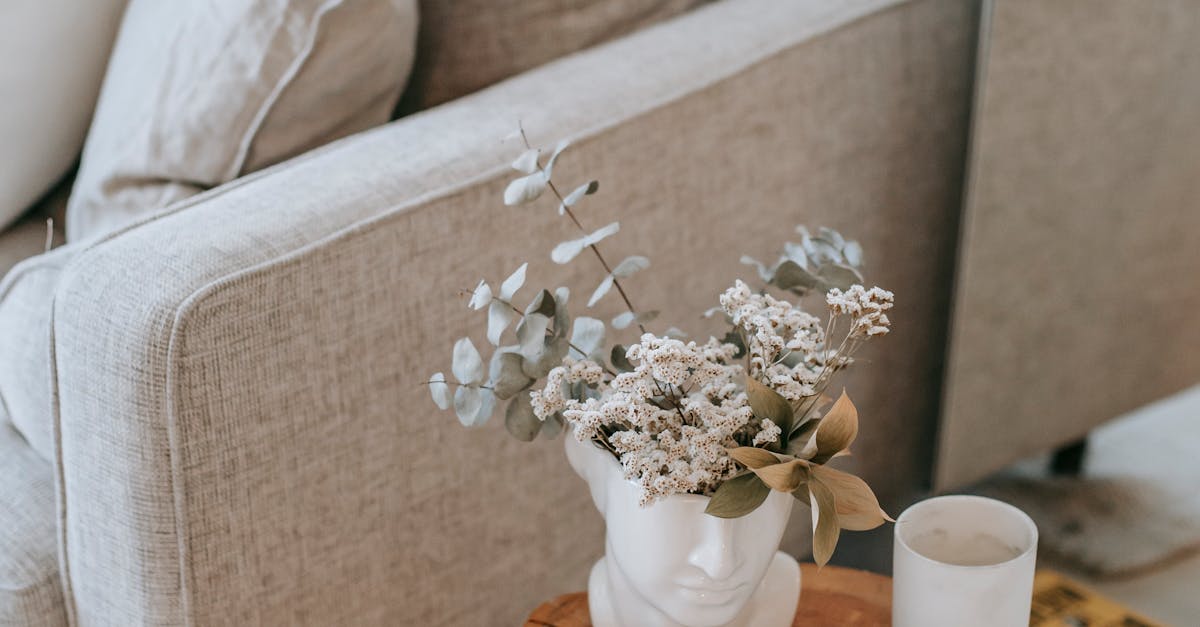
Understanding Cost Considerations in Custom Home Building
2024-07-03Table Of ContentsAdding Personal Touches
Upgrades and AddonsWhen it comes to making your house feel like a home, incorporating personal touches can truly elevate the space and reflect your unique style. One way to do this is by selecting finishes, such as countertops, flooring, and cabinetry, that resonate with your personality and taste. Choosing colours and materials that you love can create a sense of warmth and familiarity throughout your home.
When it comes to building a custom home, many homeowners are tempted to include various upgrades and add-ons to enhance the overall look and functionality of their new space. While these additions can certainly add value and appeal to the home, it is crucial to carefully evaluate the cost implications of each upgrade. Homeowners should take into consideration not only the upfront cost of the upgrade but also any potential long-term maintenance or operating expenses that may arise.Furthermore, displaying sentimental items like family heirlooms, travel souvenirs, or artwork can add a personal touch to your space. These pieces not only tell a story but also serve as conversation starters when guests visit. By integrating these meaningful elements into your home's design, you can create a space that is not only beautiful but also filled with memories and character.
Another way to infuse sentimental elements into the design is by incorporating materials or colours that hold significance to you. Whether it's a particular shade of blue that reminds you of the ocean where you grew up, or using reclaimed wood from a meaningful location, these choices can evoke powerful emotions and memories every ti
unexpected expenses and having a contingency fund in place, homeowners can navigate through the custom home building process with greater peace of mind and confidence.Designing rooms to cater to your specific needs is a key aspect of personalizing your home with a semi-custom home builder. When focusing on functionality, consider the daily activities that take place within each room. For example, if you are an avid reader, a cozy reading nook with built-in bookshelves and ample natural light could be a wonderful addition to your home. By tailoring each space to serve a purpose that aligns with your lifestyle, you can create a home that truly reflects your personality and preferences.
Planning for Unexpected ExpensesFurthermore, think about the unique requirements of your household members when designing rooms. If you have young children, incorporating play areas or study spaces into the layout can enhance the functionalit
How can homeowners evaluate the value versus the cost when considering upgrades for their custom home?Yes, sentimental elements such as family heirlooms, artwork, or personal photos can be integrated into the design to add a personal touch to your home.
Homeowners can evaluate the value versus the cost by considering factors such as the impact on resale value, the long-term benefits of the upgrade, and how it aligns with their lifestyle and preferences.Is smart home technology an option with a semi-custom home builder?
What aspects of landscaping and exterior finishes should be prioritized when working within budget constraints?Yes, many semi-custom home builders offer the option to integrate smart home technology, allowing you to incorporate features for convenience and efficiency.
When working within budget constraints, homeowners should prioritize landscaping features that enhance curb appeal, such as a well-maintained lawn, strategic plantings, and attractive exterior finishes that complement the overall design of the home.How can I ensure that the rooms in my semi-custom home cater to my specific needs?
Why is it important to allocate a contingency fund when planning for custom home building?You can work closely with the builder to design functional spaces that cater to your lifestyle, such as a home office, a gym, or a hobby room, ensuring that your home meets your specific requirements.
Allocating a contingency fund is important when planning for custom home building to account for unexpected expenses, such as unforeseen structural issues, design changes, or delays in construction, ensuring that the project stays on track and within budget.
How can homeowners effectively plan for unexpected expenses during the custom home building process?Related Links
Homeowners can effectively plan for unexpected expenses during the custom home building process by setting aside a percentage of the total budget as a contingency fund, working closely with their builder to identify potential risks, and being proactive in addressing any issues that may arise.Comparing Semi-Custom Home Builders with Other Builder Types
Cost Factors Associated with Semi-Custom Home BuildersRelated LinksEvaluating the Quality of Work of Semi-Custom Home Builders
Navigating Unexpected Costs in Custom Home ConstructionThe Role of the Homeowner in the Semi-Custom Home Building ProcessTips for Creating a Realistic Budget for Your Custom HomeTips for Collaborating Effectively with a Semi-Custom Home Builder